TW: Sexual Assault, Suicide, Abuse
Despite recent media and societal discourse surrounding mental health, it is not given nearly as much importance as physical health in practice. Mainstream media does not treat issues of mental health with the care and sensitivity that they should, perpetuating a toxic media environment that is a battlefield for those who have experienced trauma.
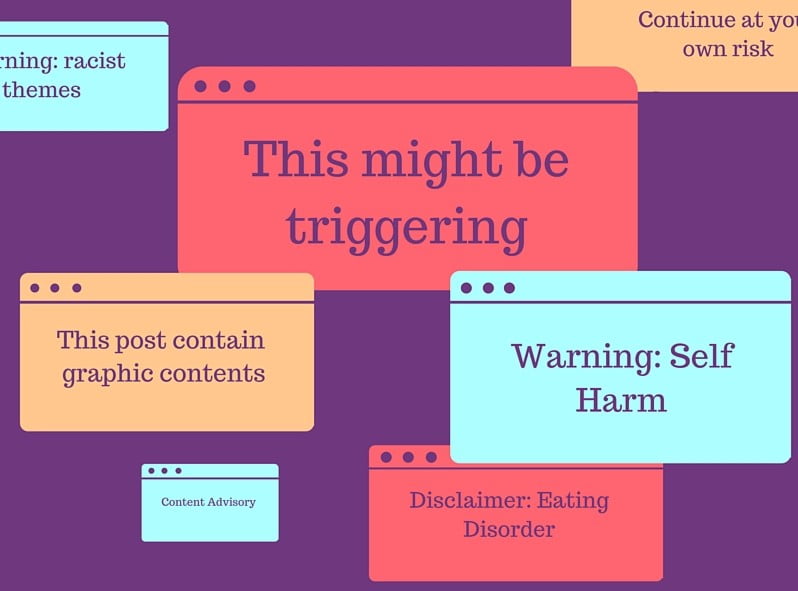
What are Trigger Warnings?
Originating in online communities focused on feminism and issues relating to self-help, trigger warnings are declamatory phrases that preface content like articles, illustrations, essays, etc. They warn of potentially distressing imagery or descriptions that may cause a negative emotional response. Common trigger warnings exist for descriptions of depictions of assault, self-harm, abuse and suicide.
Trauma and Triggers
Post-traumatic Stress Disorder or PTSD is a psychiatric disorder that occurs in people who have experienced a significant traumatic or distressing event. PTSD often results in severe and persistent flashbacks, heightened anxiety and loss of mental focus, upon being triggered. Trigger warnings ensure that people are not suddenly confronted with triggers that may render them unable to focus and severely affect their state of mind.
They exist primarily to warn survivors of trauma of the potentially distressing nature of the content. Descriptions and even mentions of traumatic experiences like sexual assault, rape, abuse, transphobia, etc., can trigger distressing flashbacks for people who suffer from PTSD. Trigger warnings help to offset significant, possibly debilitating, emotional reactions and create an avenue for informed interaction and mental preparedness.
A 2007 study in Virginia, USA found that women who had been sexually assaulted were nearly four times more likely to develop PTSD than those who had not; more than 30 percent of women who had been assaulted as adults met the diagnostic criteria for PTSD.
They exist primarily to warn survivors of trauma of the potentially distressing nature of the content. Descriptions and even mentions of traumatic experiences like sexual assault, rape, abuse, transphobia, etc., can trigger distressing flashbacks for people who suffer from PTSD. Trigger warnings help to offset significant, possibly debilitating, emotional reactions and create an avenue for informed interaction and mental preparedness.

Triggers and the News Media
The nature of journalism necessitates the investigation and description of distressing events – sexual assault, suicide, lynchings, etc. – especially when they are prevalent in the societal landscape. In India, not only are such instances common due to the overarching patriarchal hegemony, but they are also reported with a brutal lack of care that could painfully trigger some and desensitise others. The persistent lack of sensitivity is evident in the painful reenactments of cases, in unblurred photos of victims shown against flashy backgrounds, and more so in the language used by the prime-time journalists that value viewership over ethical, sensitive reporting.
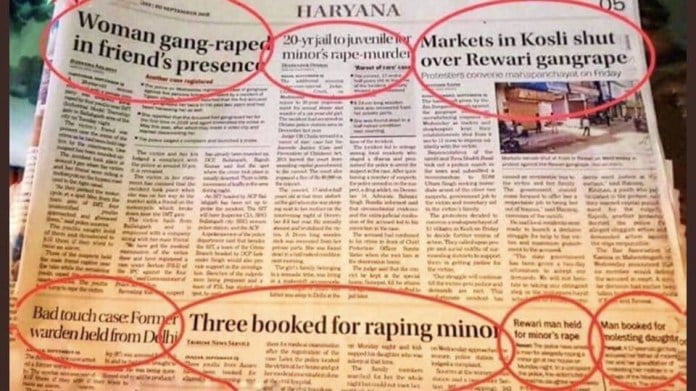
The news media generally sensationalises stories to increase readership or viewership on their platforms and to stand out against competing outlets reporting the same story. To increase their Television Rating Point (TRP), news channels are forced to constantly broadcast engaging and eye-catching content and thus resort to invasive interviews and ‘breaking news’ fed by invasive, inappropriate, and insensitive remarks.

A recent example of careless reporting has been with regard to the death of Sushant Singh Rajput. Found dead (by suicide) in his home in mid-June, pictures of Rajput’s body were leaked and circulated on WhatsApp groups across the nation, and media outlets rushed to interview friends and family to gauge their reactions to the situation. News vehicles assembled outside his apartment building and sought to get the latest on the death of a beloved star.
In the month since, news media outlets have flashed the news of his death repeatedly in bold fonts against flashy backgrounds, exploiting an unfortunate loss as a topic for debate regarding Bollywood’s ’emotional lynching’. The nature of these debates dehumanises the death of a human being. The news media took an issue of mental health and trauma and turned into a sensationalised national news story, threatening both the case and the well-being of the viewers. This is a video from Times Now on July 29th, where updates from Rajput’s death are glorifying the news channel’s ability to have an ‘inside source’ in the police.
As an actor with national significance, Rajput’s death was painful for many. However, while it is undeniably important to report on a case of national significance, it is insensitive and volatile to circulate distressing imagery and invade the privacy of those experiencing loss. His death by suicide started a much-needed national conversation on mental health, but was reported in a manner that ironically did not consider the mental health of the viewers. Detailed descriptions of suicide, depression, self-harm, and overdoses are not conducive to the well-being of the public. The news media has been highly hypocritical in that regard.
The 2019 Hyderabad rape case was controversial and confidential, however, due to the public outcry, news media outlets jumped at the chance to spread theories about what had happened. Besides naming and shaming the perpetrators on air, they flashed graphic images of the burnt body (often unblurred) and reenacted the events leading up to her death.
In this piece by India Today, the words “rape” and “burned to death” are constantly flashed at the bottom of the screen, while images of the police investigating the scene are periodically displayed alongside a bold text headline. The detail with which the article itself describes the events can be extremely triggering to people who have experienced any kind of sexual assault and more so for those that retain lasting trauma from it. The headline itself mentions a trigger word without considering the need for a trigger warning or disclaimer anywhere.
The extensive theorising, spreading of misinformation, and considerable amounts of propaganda exploiting public rage led to the death of the four accused rapists in a police encounter, without a trial. The police encounter was celebrated nationwide – by the media and the people – instead of being seen as a breach of procedures of justice.
Why is Sensitive Reporting Important?
Following the abrogation of Article 370 in Kashmir earlier this year, there was outrage within and outside the state. During this time, many news media outlets began to act as mouthpieces for the government – vilifying protesters and avoiding reporting on the communication blackout in the state. From videos of protests being deemed as fake propaganda to the daily debates that sensationalised the issue without offering an unbiased, journalistic take, there was widespread insensitivity in reporting the situation in Kashmir.
“There was a conscious attempt to silence voices and not show what was happening in Kashmir during that time,” said a Kashmiri student studying in Delhi. “Knowing that I could not talk to my family definitely impacted me. There was a deafening silence in the news media that made me more anxious.”
“The voices of Kashmiris were not brought into the news for the world to hear,” they said, “Kashmiri activists were either detained or unable to attend due to the situation.” “The news media is deeply affected by political affiliations,” and it is these political affiliations that prevent the public from having access to unbiased and reliable news. “It is distressing to see the news cycle sensationalising issues in order to build new, false narratives.”
While social media accounts and activists did their best to shine a light on the reality of Kashmir following the abrogation, their platform absolves them of the ethics and responsibility that hold the news media accountable. Students like our source were subjected to immense stress and trauma due to the insensitive reporting that sensationalised protests, diminishing them to mere talking points during prime-time debates.
Following the abrogation of Article 370 in Kashmir earlier this year, there was outrage within and outside the state. During this time, many news media outlets began to act as mouthpieces for the government – vilifying protesters and avoiding reporting on the communication blackout in the state. From videos of protests being deemed as fake propaganda to the daily debates that sensationalised the issue without offering an unbiased, journalistic take, there was widespread insensitivity in reporting the situation in Kashmir.
News media is more important to the social fabric now than it has ever been before. The relevance of breaking news, of representation, and of intersectional storytelling is integral to the progress of society. While social media plays a starring role in increasing the accessibility to information, it also catalyses the dissemination of misinformation. As news spreads across space and time, it acquires a plethora of meanings tinged by individualised ideologies, fueling inter-group clashes and national (and often uncensored, rage-fueled) debates.
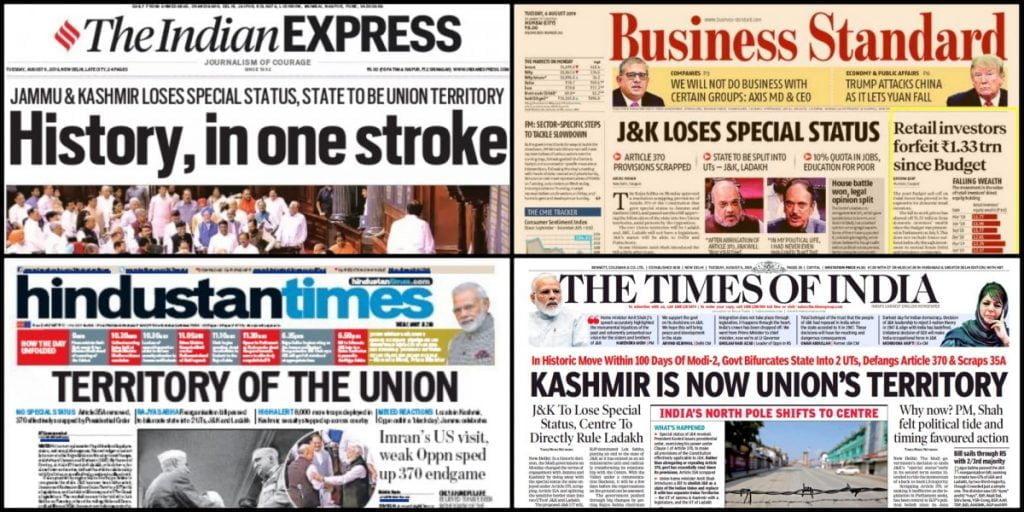
In cases of national importance, the news media must do sensitive, thought-out work rather than impulsive journalism that increases views. Misinformation can be volatile in a society with a diversity of opinions. Once misinformation births rage, it creates a narrative that will inevitably spin out of control.
Earlier this year, Feminism In India had launched a toolkit and campaign called #GBVinMedia to sensitise news media houses and spread awareness on how to report gender-based violence in a more empathetic and thoughtful way, rather than creating lackadaisical and problematic content that might induce trauma in survivors and families of survivors or, for anyone reading news around such cases of violence. The campaign also crowd-sourced stock images for media houses to use when they report or write content on gender-based violence such as rape, assault, harassment, domestic violence etc.
Also read: How Does The Media Minimise The Trauma Of Sexual Violence? |…
Trauma, Privilege, and Intersectionality
Progressive, feminist digital media platforms aim to create safe spaces on the internet for the representation of intersectional identities. They do so by amplifying the voices of minorities and underrepresented communities. However, due to the systemic inequalities in contemporary society, the stories of these communities often involve experiences of trauma and descriptions of abuse fueled by discrimination. Trigger warnings make content more accessible for the communities that are being represented. They address the traumatic nature of marginalised existence while also creating a space for that existence to be unapologetically manifested, as it should be.

However, as @dalitfeminist mentions in this Instagram post, content warnings and trigger warnings often enable privileged savarnas to skip past messaging that talks about the trauma faced by Dalit communities in India. While trigger warnings are important, it is necessary to ensure that they do not encourage the skipping of all content that makes us uncomfortable. Discomfort is part of sensitising yourself to the atrocities of systemic discrimination.
Trigger warnings are present to warn survivors of trauma of the content so as to not spike their anxiety levels. As privileged savarnas, we will never experience the trauma of casteism in India; therefore, we cannot ask that the stories of Dalits and other marginalised communities be accompanied by trigger warnings for our convenience.
Moreover, the data regarding the efficacy of trigger warnings is often unreliable due to the lack of research on the subject. What can be found is data that covers the privileged, first-world, and does not consider the intersectional and intergenerational nature of inherited trauma in minority communities globally.
Also read: Why Are Sensationalist Headlines Of GBV Cases A Problem? | #GBVinMedia
There is an increasing need for deeper academic focus on the manifestations of trauma. Until that data is found, it becomes the social responsibility of journalists and media outlets to ensure that stories are reported in an unbiased and sensitive manner that acknowledges systemic disadvantages and values the narrative of those directly impacted. It is only then that the news will represent the dichotomy of the unbiased truths of our lived reality.
About the author(s)
Aastha Jani was born in Surat, Gujarat and raised in Dubai, UAE. She is passionate about intersectional representation in popular media, dismantling gender roles, and confronting internalised misogyny. Aastha can usually be found binge-watching TV, baking brownies, or chasing a sunset.
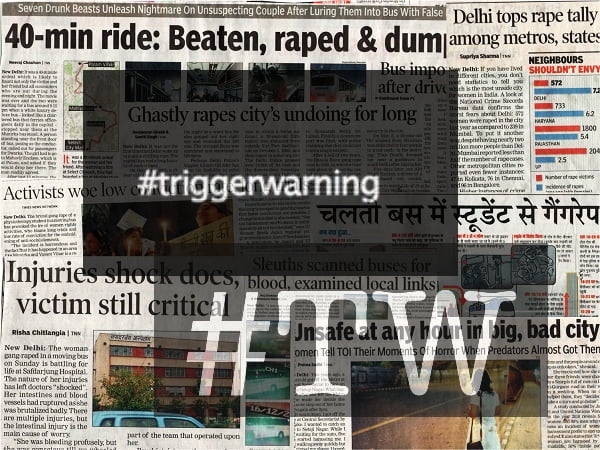

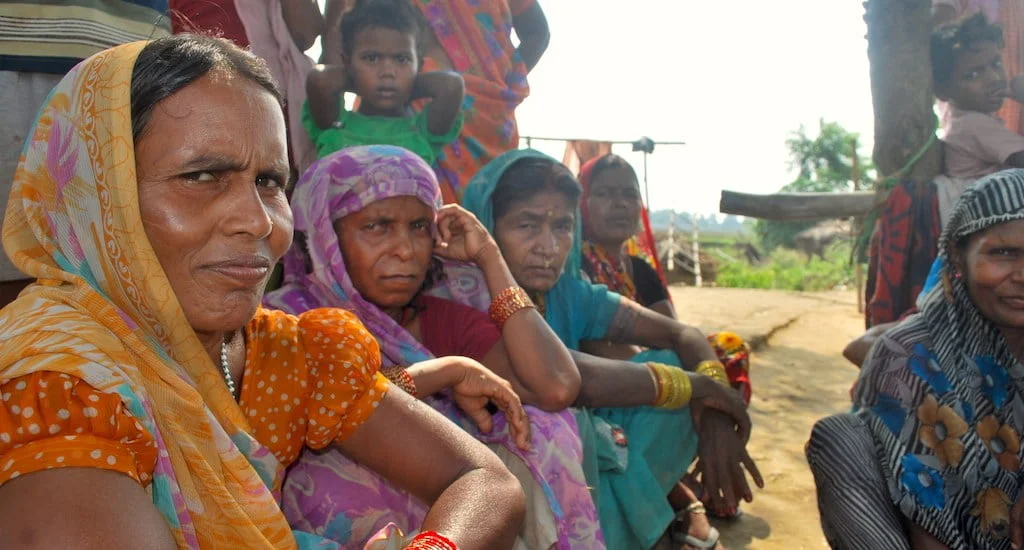
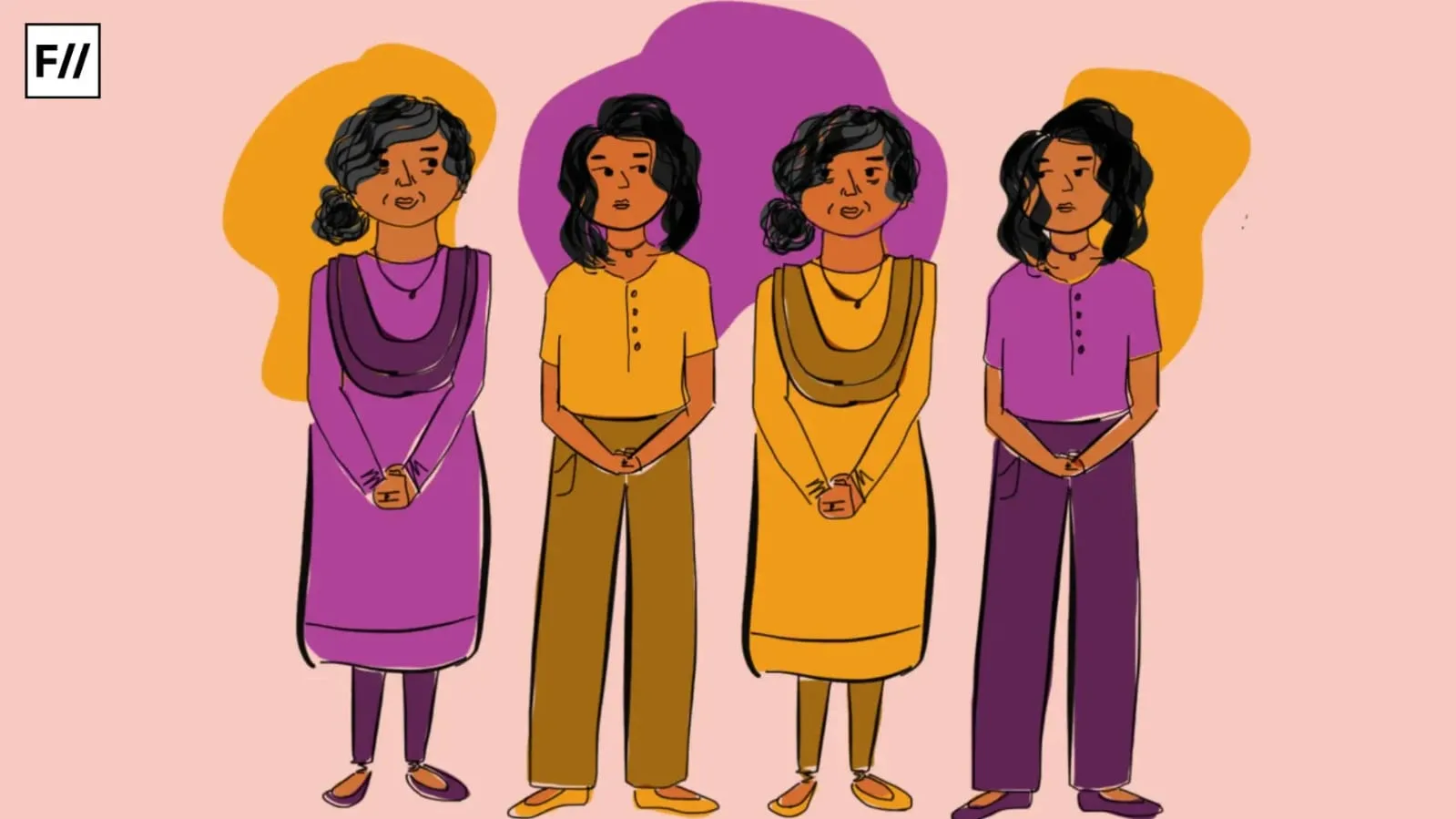

Very well researched article with a lot of glaring examples of insensitivity across the breadth of the so-called informed media, which most of us consume. Thought provoking…keep it up
A very very sensible and thought provoking article.
We are seeing today that in all the medias that is TV, digital social media, offline social media or print media lack of sensitivity and as you rightly pointed out “putting viewership over sensitivity” has become rampant that it harms the mental health.
Really worthy thoughts. It is now in the hands of you, young turks to correct the course.
Thought provoking article. Best wishes, Aastha.